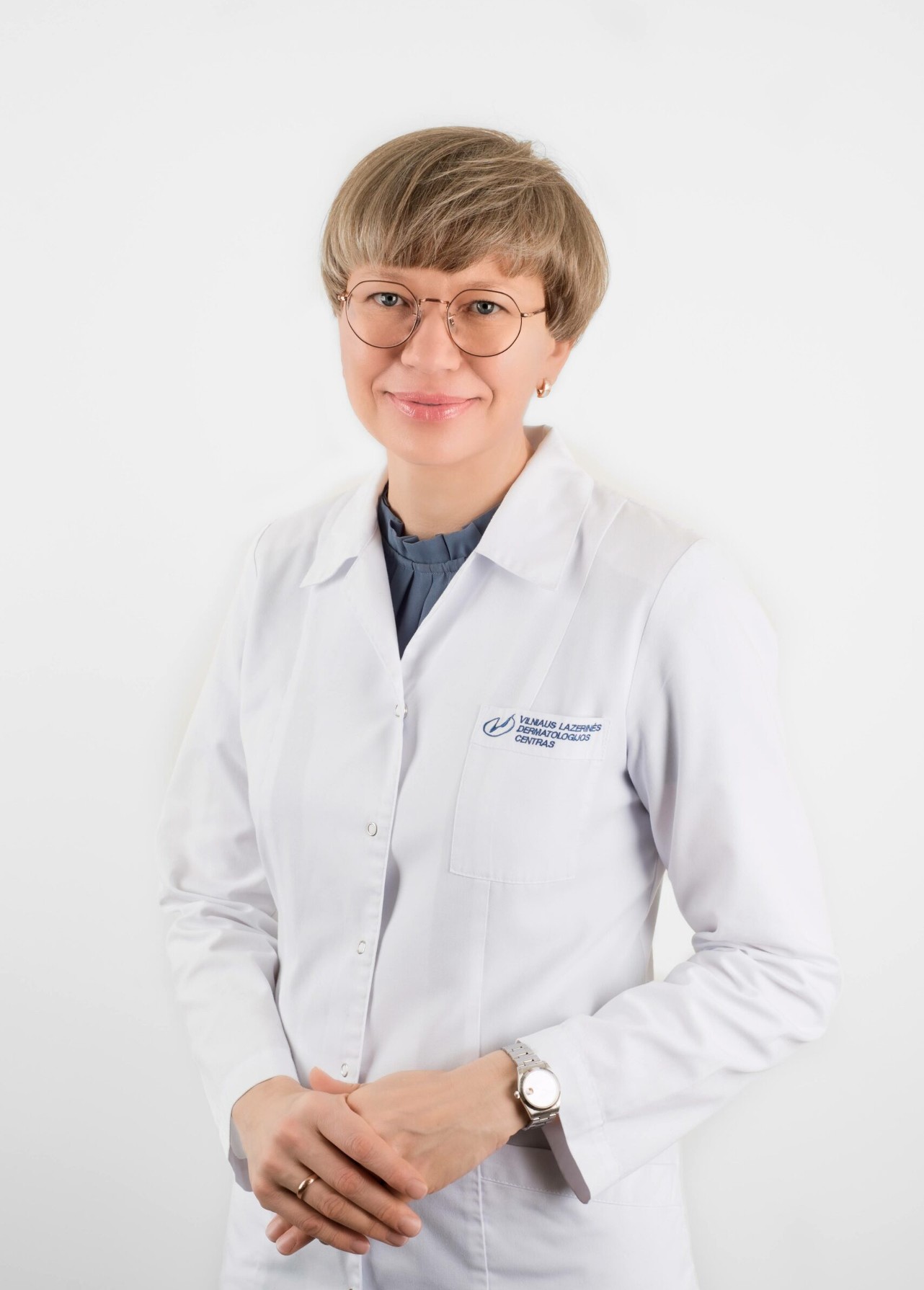Basal cell carcinoma (basal cell carcinoma, basal cell carcinoma) is a malignant tumour of the skin that originates from the cells of the epidermal basement membrane. Basal cell carcinoma differs from other cancers in that it rarely metastasises to distant organs. However, it is an aggressive tumour that spreads locally and, if left untreated, can damage nearby tissues, organs and even bones.
Basal cell carcinoma is the most common form of skin cancer. It has been reported that as many as 40% of patients with basal cell carcinoma develop a similar skin lesion in another area of the body within 5 years. The disease is most commonly diagnosed in Caucasians and is about one-third more common in men than in women. The risk of developing basal cell carcinoma is higher at older ages, but it has been estimated that the chance of developing basal cell carcinoma during life is as high as 30%.
What factors increase the risk of basal cell carcinoma?
- UV exposure. This is a key factor in increasing the likelihood of developing basal cell carcinoma. The length of time spent in the sun and the skin’s natural response to the damaging effects of sunlight, as shown by discoloured, tanned skin, are also important.
- Light skin phototype;
- Older age;
- History of childhood sunburn;
- Sunbed tanning;
- Prolonged contact with harmful substances in the environment, e.g. arsenic, ionising radiation;
- Immunosuppression;
- Genetic predisposition;
- Gorlin syndrome. This is an inherited disease in which one of the main features is multiple basaliomas occurring before the age of 35 years. The syndrome is also characterised by various bone anomalies.
Signs of basalioma
In 70% of cases, the skin lesions are found on the face and 15% on the trunk. The main features of basal cell carcinoma depend on the type of tumour:
- Nodular basal cell carcinoma is found in about 60% of cases, mostly on the face. It is characterised by a shiny, pink or flesh-coloured nodule with a dilated blood vessel at the top. Sometimes the edges of the nodule are more elevated than the central part of the nodule. Often such nodules ulcerate.
- Superficial basalioma is diagnosed in about 30% of cases. It has been observed that this form occurs more frequently in men than in women. The most frequent skin lesions occur on the trunk. It is characterised by slightly scaly, soft, reddish spots or plaques. In some cases, the centre of the lesion may appear atrophic, with shiny papules at the edges.
Sclerosing basalioma is found in 5-10% of all cases. These are smooth-surfaced, flesh-coloured papules or plaques, often atrophic. On palpation, hardening of indistinct borders is felt.
How is basalioma diagnosed?
Basalioma is often similar to skin diseases such as eczema or psoriasis. Therefore, only an experienced skin specialist can diagnose basalioma, which must be confirmed by morphological tests such as cytology or histology. Morphological examinations clarify the type of tumour and other important parameters for treatment planning and an individual follow-up plan.
For more information, see the section Diagnosis of epithelial tumours.
Treatment of basalioma
The treatment of basalioma depends on the patient’s state of health, the stage of the disease and possible side effects. If diagnosed in time, basalioma can be cured with the following treatment methods:
- Surgery. Local anaesthesia is sufficient for surgery of small malignant tumours. If the malignancy is large, general anaesthesia is used for surgery.
- Radiation therapy, which can be used for basaliomas that are difficult to treat surgically, such as those on the eyelid, nose or ear. After surgery, radiotherapy is sometimes used to remove any remaining malignant cells or when there is a higher risk of tumour recurrence.
- Photodynamic therapy, where the treated area of skin is exposed to a certain type of light to destroy the cancer cells.
- Laser treatment is applied to superficial, small skin lesions.
- Chemotherapy treatment is used to treat advanced skin cancer.
Once a basal cell carcinoma has been diagnosed, a follow-up plan and follow-up visits are set up, usually every 6-12 months. Patients also need to self-examine their skin at least once a month for new lesions.
It should be mentioned that a healthy lifestyle is recommended during treatment. Elimination of harmful habits, maintenance of moderate physical activity, and a balanced diet during the disease and during treatment are extremely important aspects of the treatment. In addition, follow-up monitoring of the patient’s health is essential. Once diagnosed with skin cancer, there is a higher risk of ever developing another type of cancer again.
For the treatment of basal cell carcinoma, see Treatment of malignant skin tumours.
The experienced skin specialists at the Laser Dermatology Centre are ready to provide you with all the information you need about the treatment of basal cell carcinoma, when to seek treatment, whether the disease can recur, how to protect yourself from basal cell carcinoma and other skin diseases.
Diagnostic and treatment prices.




